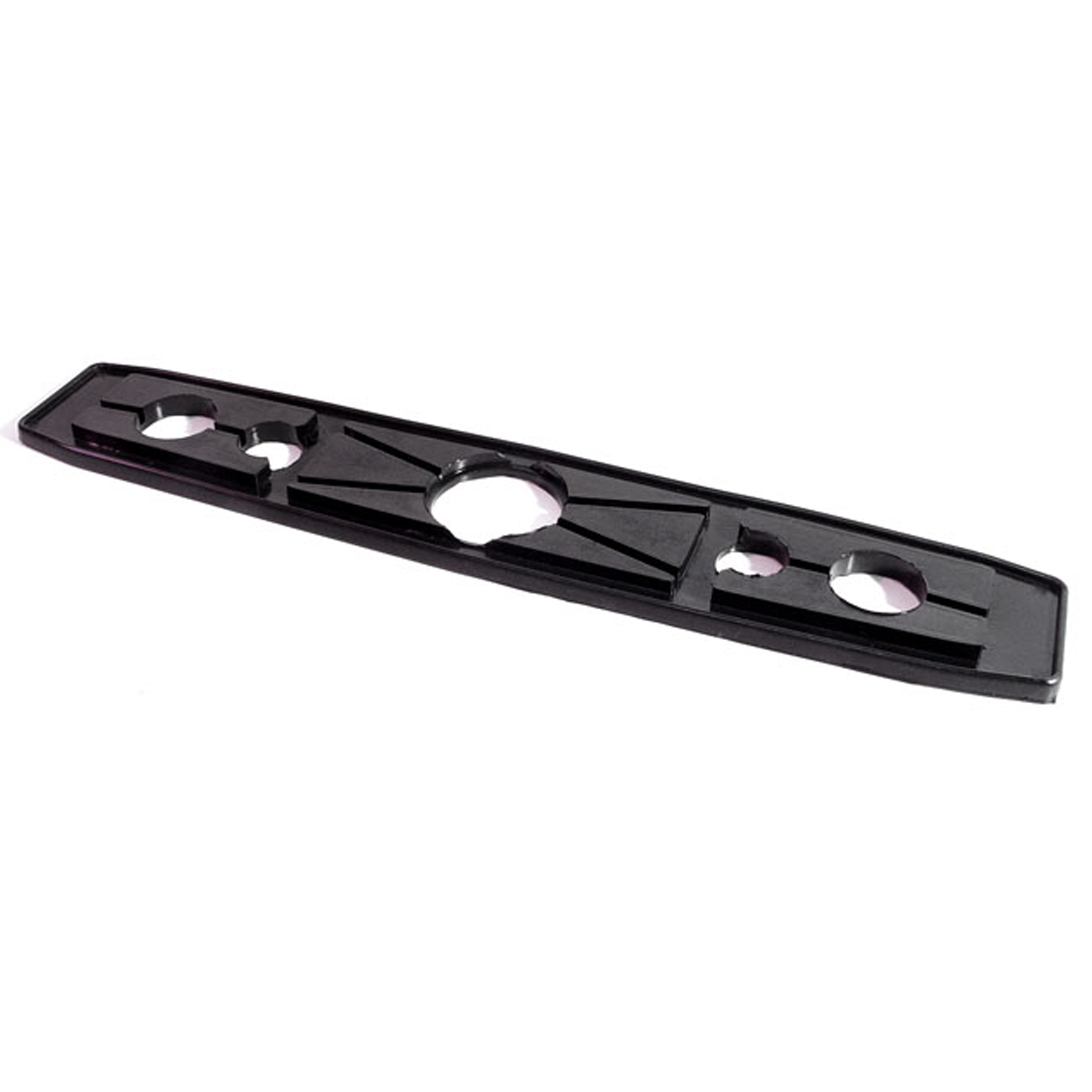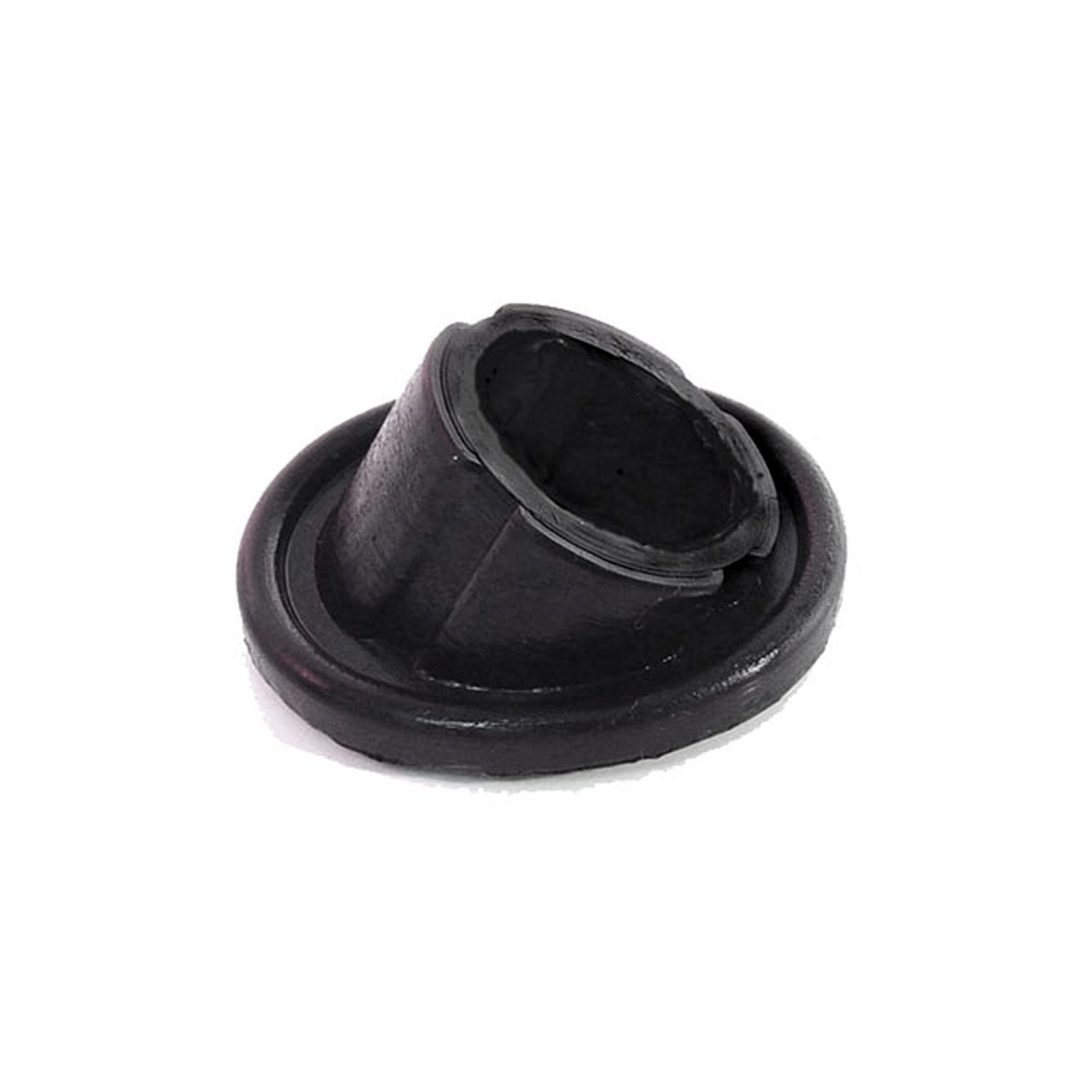Image of 1968 Volvo 145, Note: These illustrations use artistic license and may differ from actual historical models.
Performance Metrics
Fundamental Metrics
Emotional Appeal
MMP Rating
| Engine Specifications | |
|---|---|
| Engine: | B18, B20 |
| Displacement: | 1.8L-2.0L |
| Horsepower: | 75-100 hp |
| Torque: | 130-145 lb-ft |
| Compression Ratio: | 8.7:1 (B18), 8.5:1 (B20) |
| Ignition System: | Distributor with points |
| Cooling System: | Liquid-cooled |
| Performance Specifications | |
| 0-60 Time: | 15-17 seconds |
| 1/4 Mile Time: | 20 seconds |
| Top Speed: | 100 mph |
| Transmission and Drive | |
| Drive Type: | RWD (Rear Wheel Drive) |
| Transmission Type: | 4-speed manual, 3-speed automatic |
| Fuel and Efficiency | |
| Fuel System Type: | Carburetor |
| MPG: | 20-25 mpg |
| Dimensions and Brakes | |
| Brakes: | Front disc brakes, rear drum brakes |
| Wheelbase: | 96.5 inches |
| Weight: | 2,600 lbs |
Note: Specifications for classic cars are given to the best of our ability, considering the limited and variant data available.
Unveiling the Stalwart of Scandinavian Design: The 1968 Volvo 145
The year 1968 heralded the arrival of a vehicle that would become a paragon of durability and practicality: the Volvo 145. Born from the Swedish ethos of quality and safety, this station wagon was not just a car but a testament to Volvo's commitment to creating vehicles built to last. Nestled in the era of muscle cars and automotive flamboyance, the Volvo 145 stood out with its understated elegance and utilitarian design. A unique fact that might pique your interest is that the 145 was one of the first cars to feature rear seat belts as standard—a clear indication of Volvo's pioneering spirit in safety.
Design and Innovation
The exterior of the 1968 Volvo 145 was a harmonious blend of function and form. Its boxy silhouette, characterized by straight lines and an upright stance, exuded a sense of reliability. The interior was a sanctuary of simplicity, with an emphasis on spaciousness and visibility. High-quality materials were employed throughout, ensuring that passengers were ensconced in comfort. Technologically, it featured innovations like a powerful heating system to combat Nordic chills and a rear window defroster for clear visibility in frosty conditions. Color options ranged from subdued hues to more vibrant tones, with popular choices including Sea Green and Dark Blue. The most iconic body style was undoubtedly the estate version, which offered ample cargo space without compromising on style.
Historical Significance
The Volvo 145's impact on automotive design was subtle yet profound. It didn't just meet the needs of families; it redefined what a family car could be—safe, spacious, and versatile. It set itself apart from contemporaries with its focus on safety features and durability, influencing future generations of vehicles that prioritized passenger protection over mere aesthetics.
Performance and Handling
Under the hood, the 1968 Volvo 145 was equipped with a robust B18 or B20 engine, delivering reliable performance that was more than adequate for its purpose as a family vehicle. While it wasn't designed to break speed records, it offered respectable acceleration for its class. Handling was surefooted; the car dealt admirably with bumps and windy roads alike. Driving the Volvo 145 was about enjoying a steady and secure journey—the thrumming of its engine a reassuring soundtrack to countless family adventures.
Ownership Experience
Owners of the Volvo 145 often used their vehicles as daily drivers due to their unmatched reliability. Maintenance was straightforward, making it an ideal choice for those who valued practicality over pomp. Its reputation for being easy to repair contributed to its longevity on the roads and in the hearts of enthusiasts.
Fun Facts
A fun tidbit about this Swedish stalwart is that it has graced various films and television shows, often cast as the quintessential vintage family wagon. Despite criticisms over time for its boxy design or modest power output, it has remained beloved by many for its dependability and no-nonsense approach to transportation.
Collector's Information
Today, the 1968 Volvo 145 is considered a collector's item with values varying based on condition and originality. While production numbers were significant—ensuring a decent supply in the classic car market—finding one in pristine condition can be challenging. Prices can range widely but expect well-maintained models to fetch higher sums, potentially appreciating over time as classic station wagons gain popularity among collectors.
Conclusion
The 1968 Volvo 145 is more than just a classic car; it's a symbol of an era when vehicles were built to endure life's journeys. Its legacy lies not only in its design or performance but in its unwavering dedication to safety and utility—a true icon of automotive history.
1968 Volvo 145 Catalog of Parts
 1968 Volvo 145 License / Back-up Light to Body Gasket. Each-MB 25License / Back-up Light to Body Gasket. Each
1968 Volvo 145 License / Back-up Light to Body Gasket. Each-MB 25License / Back-up Light to Body Gasket. Each 1968 Volvo 145 Wiper Post Gasket. For wiper transmission-SM 35-BWiper Post Gasket. For wiper transmission. Two used per car. Each
1968 Volvo 145 Wiper Post Gasket. For wiper transmission-SM 35-BWiper Post Gasket. For wiper transmission. Two used per car. EachWhy Choose Metro?
For over 100 years, Metro Moulded Parts has been the pinnacle of quality in classic car restoration parts. Our commitment to precision and authenticity in every component ensures a perfect fit and an OEM-level appearance.
- Expert Craftsmanship & Quality: Each part is a testament to our dedication to reliability and perfection, crafted from original designs and thoroughly tested.
- Advanced Technology: We use cutting-edge techniques to create flawless, long-lasting parts that surpass others in performance.
- SuperSoft Sponge – The Ultimate Door Seal: Not only are our door seals 30% softer than competitors', but they're also guaranteed to never leak. They effectively reduce wind and road noise, enhancing your classic car's comfort and driving experience.
- Proudly American: Our parts are a product of American craftsmanship, made in the USA with a spirit of excellence and heritage.
- Unrivaled Warranty: We back our products with a 30-year industry-leading warranty, a testament to our confidence in their quality.
Join us in preserving the legacy of classic cars with parts that are crafted for perfection, not just made.

